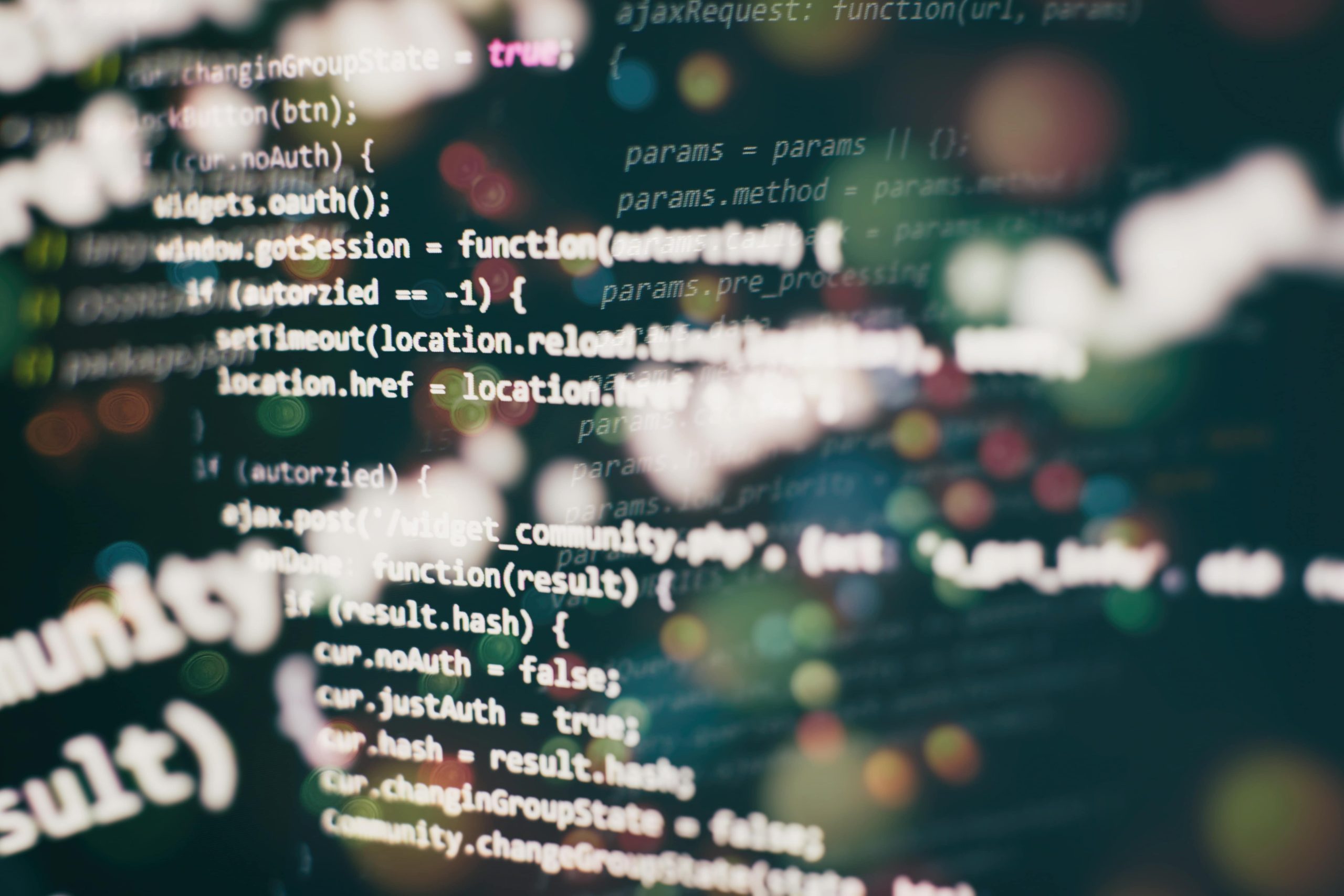In the ever-evolving world of artificial intelligence and deep learning, translating cutting-edge models into practical applications can be a daunting task. Enter TorchServe, a game-changing library that simplifies the deployment of PyTorch models, making it easier than ever to bring AI innovations to real-world scenarios.
TorchServe Unveiled
TorchServe is a powerful open-source model-serving library that serves as the missing link between model development and deployment. With its multi-model serving capability, dynamic batching, and support for model versioning, TorchServe empowers developers and data scientists to seamlessly transition from experimental models to production-ready solutions. It optimizes resource usage, allowing multiple models to run concurrently without the need for separate deployments, and offers a RESTful API for easy integration with front-end applications.
Ease of Use
One of TorchServe’s standout features is its simplicity. Setting up the library is a breeze, and it’s compatible with both CPU and GPU-based deployments. Through this blog series, we’ll guide you through the step-by-step process of serving a PyTorch model using TorchServe, covering model preparation, deployment, and interaction via API requests. With TorchServe, the deployment of deep learning models has never been more accessible, ushering in a new era of AI application development
TorchServe represents a significant leap in simplifying the deployment of PyTorch models. Its robust features, flexibility, and ease of use make it a valuable tool in the AI and deep learning ecosystem. As we journey through the ins and outs of TorchServe, you’ll gain a deeper understanding of its potential to transform the way AI models are deployed and utilized in practical applications.








